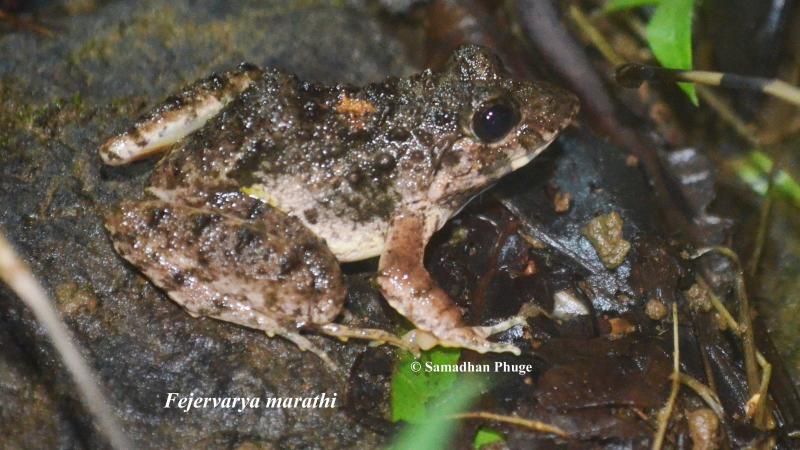
The year 2018 was exciting for herpetologists in India as over 20 new species of frogs and geckos were discovered here. As we ring in 2019, the excitement continues to live on as researchers from Pune’s Savitribai Phule Pune University and the Zoological Survey of India, Kolkata, have discovered a new species of cricket frog from the northern Western Ghats in Maharashtra. They have detailed about the discovery in the journal Zootaxa.
Called Fejervarya Marathi, or the Marathi Fejervarya frog, named after the official language of the state where the frog is found. Fejervarya Marathi is currently known from only a few localities near Lonavala and Mulshi region of the western part of Pune district.
“The habitat preference being endemic to the northern Western Ghats, the Marathi Fejervarya frog could have possible distribution in other parts of adjacent districts Ahmednagar and Raigad”, says Dr Samadhan Phuge from Savitribai Phule Pune University, who is the lead author of the study.
The researchers used an integrative taxonomic approach and compared the newly discovered frog’s DNA, geographic range, calling pattern and morphology with similar frogs—Fejervarya cepfi, Fejervarya syhadrensis and Fejervarya granosa—all belonging to the same genus and known to share the same habitat.
It was observed that individuals of Fejervarya Marathi were found in water pools, paddy fields and grasslands and breed during the monsoon, as most frogs do. Their calls comprised of a series of 24 notes.
“Males generally sit in the vicinity of water pools and call for long periods with a single note of the call lasting for about 40 seconds, which is a unique character among other, similar-looking Fejervaryan frogs found in the same habitat. This unique call is useful for easy identification of this new species in the field”, say the authors.
The females were observed to lay eggs on the shallow end of pools, and the researchers reportedly observed crabs predating on these eggs.
The discovery of Fejervarya Marathi is sensational for another reason—it is the first cricket frog to be discovered in Pune after more than a century! The last one was Fejervarya syhadrensis in 1915. With rousing interest in herpetology, the year could hold more such discoveries in the offing!
